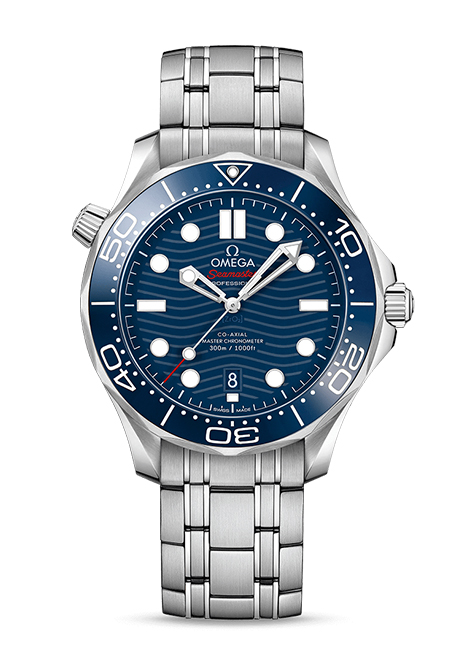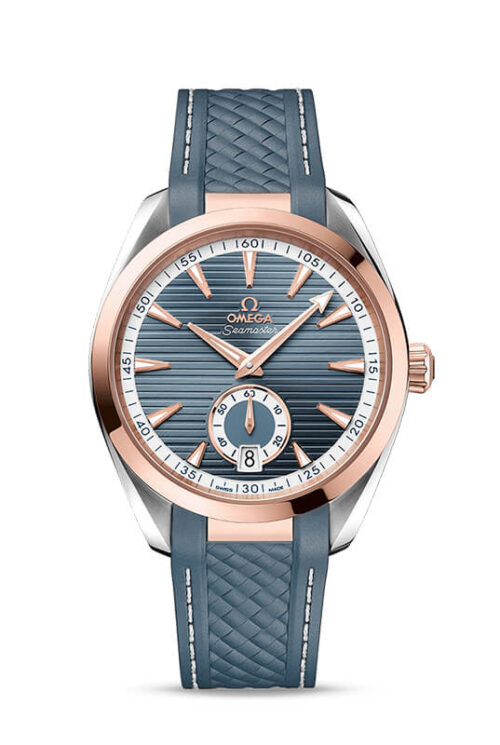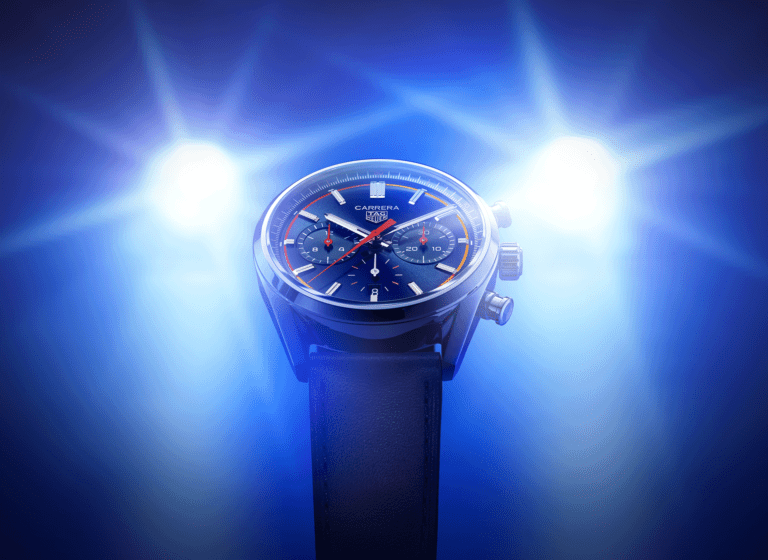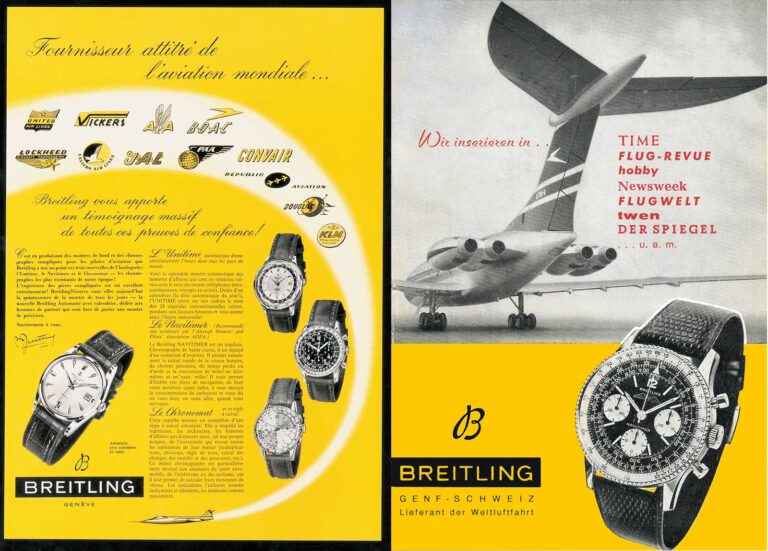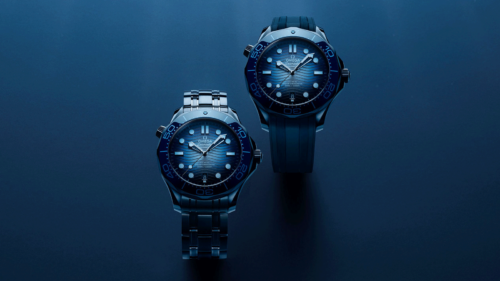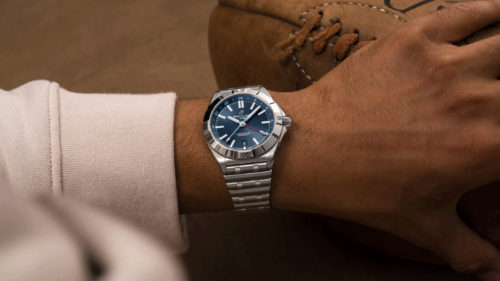Omega's Art of Innovation: A Journey through Timekeeping Advancements
A Journey through Timekeeping Advancements

In a highly competitive and sometimes fragmented landscape, the OMEGA watch company stands as an enduring beacon of precision, innovation, and timeless elegance. With roots reaching back all the way to 1848, OMEGA has not only witnessed but also played (and continues to play) an active role in shaping the evolution of horology for close to two centuries. From pioneering advancements in mechanical movements to achieving unparalleled feats in precision timekeeping, OMEGA has transcended the realm of mere timepieces, becoming synonymous with the art and science of watchmaking. In this article, we are going to tackle the monumental challenge of paying homage to the profound significance of OMEGA in the horological landscape, tracing its journey from a modest Swiss workshop to an iconic global brand that continues to set the standard for excellence in craftsmanship and design. Join us on a captivating exploration of OMEGA’s storied legacy and the indelible mark it has left on the world of watches.
OMEGA, The Trailblazer
At the turn of the 20th century, OMEGA emerged as a pioneering force in the watchmaking industry, embodying innovation, precision, and a commitment to pushing the boundaries of horological craftsmanship. What had started as a modest workshop for assembling pocket watches, founded by Louis Brandt in La Chaux-de-Fonds, Switzerland in 1848, had, over a few short decades, evolved into a trailblazing enterprise under the stewardship of his sons, Louis-Paul and César.
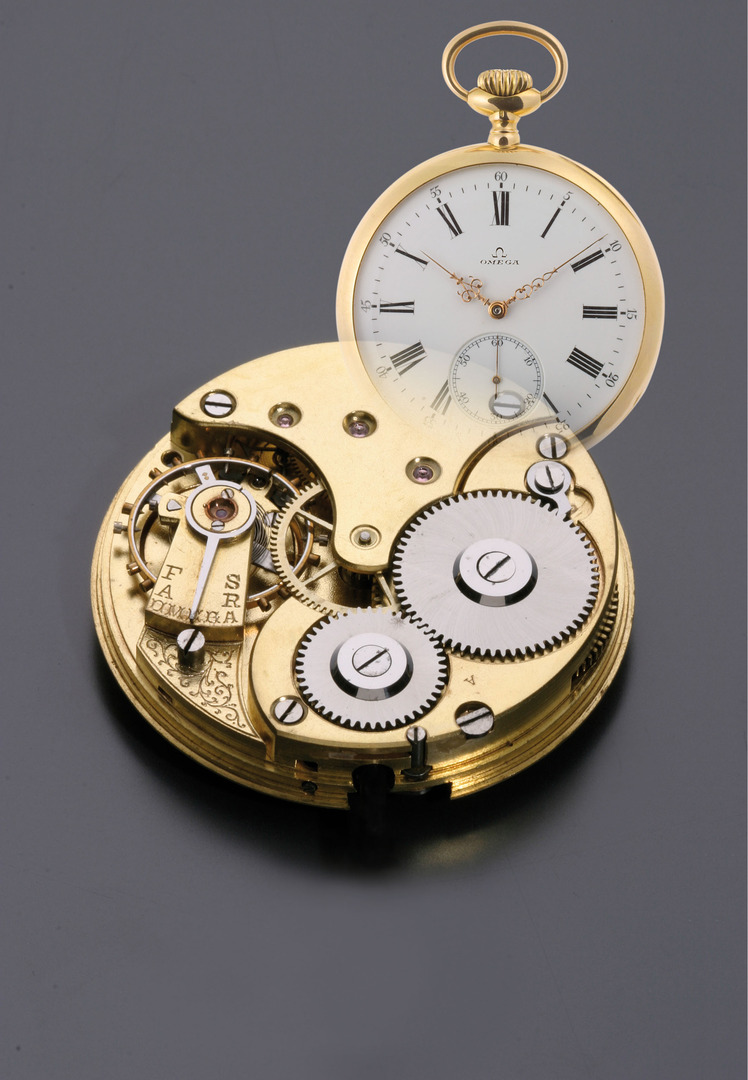
OMEGA’s rise to prominence was marked by a series of groundbreaking achievements. In 1894, the company introduced the revolutionary 19-ligne OMEGA Caliber, a mechanical movement that set new standards for accuracy and reliability – and would later go on to become the company’s namesake. This innovation laid the foundation for OMEGA’s reputation as a master of precision timekeeping. Produced in series using new manufacturing methods that promoted both precision and efficiency, every component could be replaced without modification by any watchmaker in the world. Fittingly, the brothers chose the name “OMEGA”, a name that classically signifies ultimate achievement.
Such was the widespread success of the OMEGA calibre, that it became synonymous with the company itself, leading the Brandt brothers to change the name to the OMEGA Watch Co. in 1903. This rebranding reflected OMEGA’s aspirations to lead the industry by producing watches of unparalleled quality and craftsmanship. And in fact, by the end of that year it had become the largest manufacturer of finished watches in Switzerland and also taken on the role of research and development facility.
A New Dawn
As the 20th century unfolded, OMEGA continued to assert its pioneering spirit. The company played a crucial role in the development of the wristwatch, aligning itself with the shifting preferences in timepiece design. During World War I, OMEGA supplied military units with wristwatches, contributing to the popularization of this style over traditional pocket watches.
OMEGA’s commitment to precision was further underscored by its involvement in international competitions. The company’s timepieces earned numerous awards for accuracy, including the prestigious Kew Observatory trials. This success solidified OMEGA’s status as a watchmaker dedicated to achieving the highest standards of performance. This commitment was recognised most notably in 1932, when OMEGA became the first watchmaker chosen to time an entire Olympic Games. In a historic moment at the Summer Games held in Los Angeles, OMEGA arrived with 30 split-second chronographs to capture athletes’ finishing times with unprecedented accuracy.
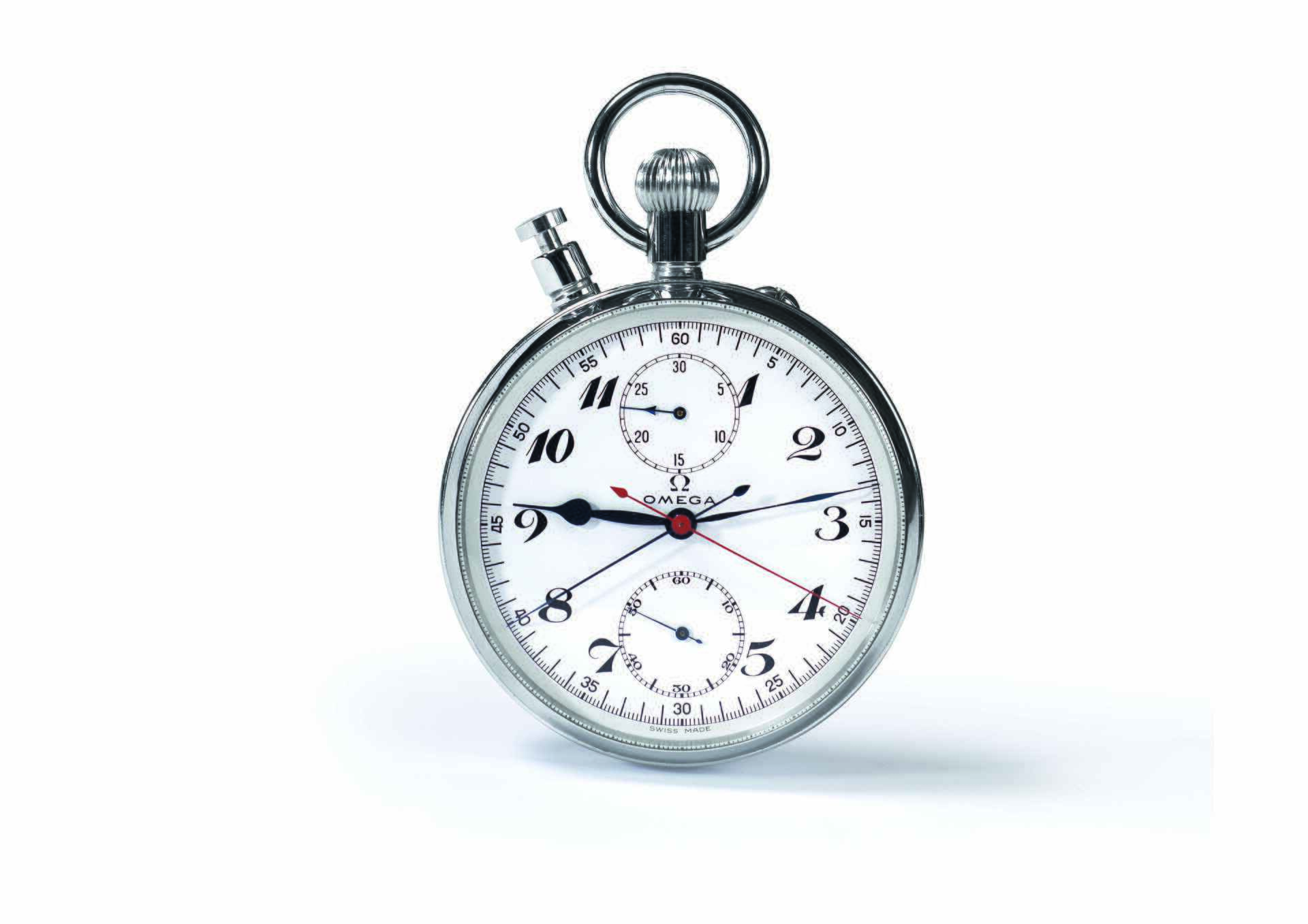
This marked the inception of a longstanding collaboration that has endured through the decades, with OMEGA consistently pushing the boundaries of timekeeping innovation. From electronic timing systems to the introduction of touchpads for swimming events, OMEGA has played a pivotal role in ensuring the accuracy and fairness of Olympic competitions. Beyond mere timekeeping, the brand has become an integral part of the Olympic experience, embodying the spirit of precision and excellence that defines both the Games and Omega as a horological powerhouse.
OMEGA has firmly established itself as a trailblazer in the watchmaking world, continuing to set benchmarks for precision, innovation, and design. The company’s legacy as a pioneer continues to resonate today, with OMEGA remaining at the forefront of horological advancements while honouring its rich heritage of craftsmanship and excellence.
That brings us on to some of the brand’s more recent innovations and achievements. Given the sheer number we’re not able to cover everything here in detail, of course, but we have done our best to highlight a few that what we feel are particularly notable.
The Co-Axial Escapement
One of, if not the most important elements of a mechanical watch movement is the escapement. It plays a central role in regulating the release of energy from the mainspring to the rest of the watch’s gear train, essentially acting as a timekeeping governor, controlling the distribution of energy to the balance wheel, which, in turn, governs the oscillation of the timekeeping element. Without wanting to overstate the point, the escapement’s precision and efficiency are crucial factors in determining the accuracy and performance of a mechanical watch. Which is why it was such a big deal back in 1999, when OMEGA unveiled what was – practically speaking – the industry’s first new escapement in some 250 years.
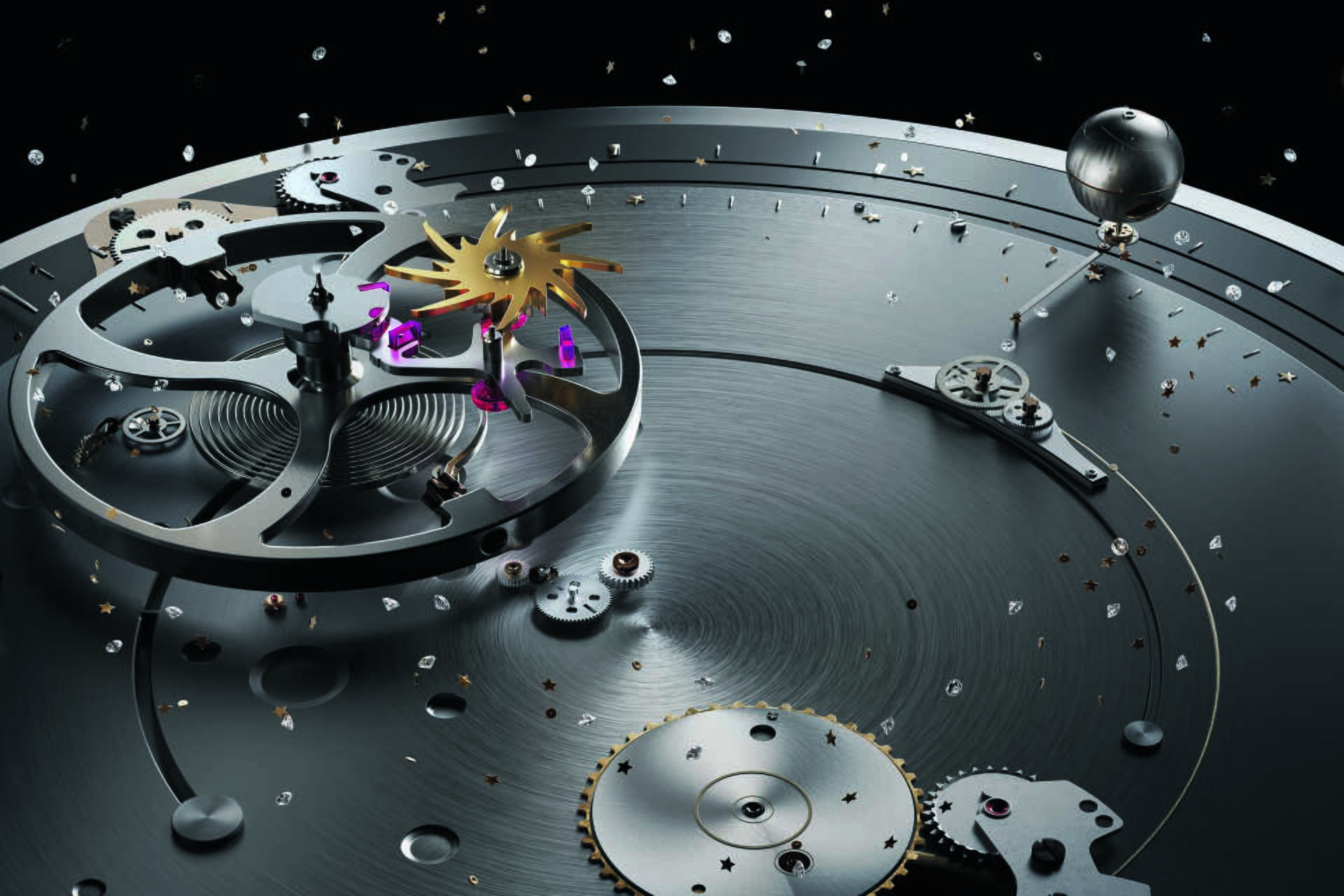
Developed by British master watchmaker George Daniels, the Co-Axial escapement was designed to reduce friction, thereby improving accuracy and extending the time between services. It represented a departure from the traditional Swiss lever escapement by introducing an additional component called the Co-Axial escapement wheel, which has a unique design to minimize friction. Instead of sliding against each other like in the traditional escapement, the Co-Axial escapement’s components roll, significantly reducing wear and tear. This rolling action not only enhances the watch’s precision but also extends the periods between services, as the Co-Axial system experiences less friction-induced stress.
Integrating this innovative escapement into OMEGA watches marked a significant advancement in mechanical watch movements, starting with the OMEGA De Ville Co-Axial Chronometer. This inaugural model is credited with playing a pivotal role in showcasing the practical application of this innovative escapement in a commercial timepiece. Since then, OMEGA has extensively utilized and advanced this technology in their movements.
Si14 – The Silicon Balance Spring
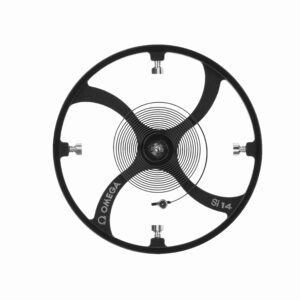
Today, we take it for granted that many mechanical watch movements feature balance springs (and other components) manufactured from silicon. After all, silicon has exceptional properties that make it an ideal material for hairsprings. It is non-magnetic, lightweight, and highly resistant to temperature changes and external shocks. Less than twenty years ago though, it was a different story. When OMEGA debuted its new Si14 silicon balance spring back in 2008, it marked a pioneering move in the industry, showcasing a commitment to innovation and precision. It addressed common challenges associated with traditional hairsprings and elevated the performance and longevity of OMEGA watches. It also marked another step forward in the brand’s battle against the negative effects of magnetism on mechanical movements. Although as we’ll see shortly, this was only just the beginning.
15,000 Gauss
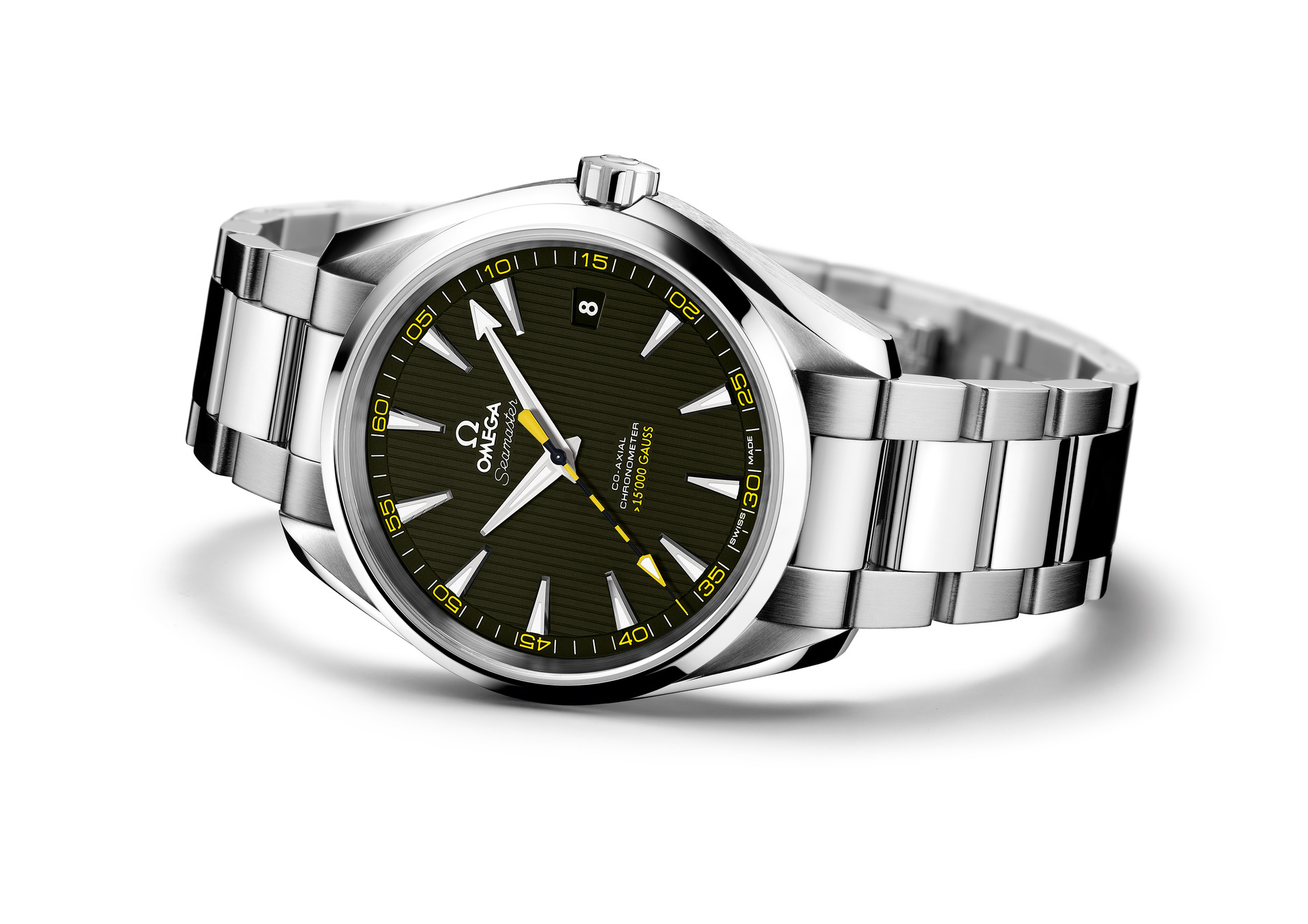
It might not look that different from your typical Aqua Terra, but rest assured that the OMEGA Seamaster Aqua Terra >15,000 Gauss was (and still is) a horological marvel, showcasing OMEGA’s pioneering spirit in anti-magnetic watchmaking. Launched in 2013, this timepiece was engineered to withstand magnetic fields greater than 15,000 Gauss, a feat made all the more remarkable by the fact it was achieved without the need for a protective inner case. The heart of this exceptional watch is the OMEGA Co-Axial caliber 8508, a movement that revolutionized the industry by utilizing non-ferrous materials, including the Si14 silicon balance spring. This innovative design ensured unparalleled precision and performance even in the presence of powerful magnetic fields. And because the movement itself was antimagnetic, it meant it was now possible to have a date window on the dial, as well as a sapphire glass caseback. Combining cutting-edge technology with a sleek and timeless design, it is an enduring symbol of OMEGA’s commitment to pushing the boundaries of watchmaking excellence.
Master Chronometer Certification
As you have no doubt realised by now, the OMEGA Watch Co. has been on a mission to push the boundaries of precision, accuracy and reliability in timekeeping, since the brand’s very inception. Recognising that the quality of existing third-party watch movement certifications had not matched pace with the company’s extraordinary efforts, in 2015, OMEGA, in collaboration with METAS (Swiss Federal Institute of Metrology), developed the Master Chronometer certification. Building upon the COSC (Controle Officiel Suisse des Chronometres) certification, it elevates the criteria for precision and reliability and demonstrates the brand’s commitment to achieving the highest standards of precision, performance, and anti-magnetic resistance in its timepieces.
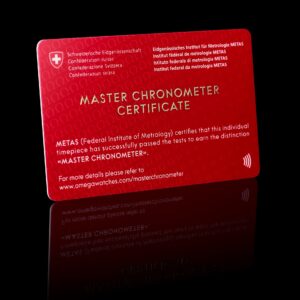
To earn the Master Chronometer label, a watch must undergo a series of rigorous tests conducted by METAS. These tests include not only precision assessments in various positions and temperatures but also evaluations of the watch’s resistance to magnetic fields up to 15,000 gauss. The testing process is comprehensive and covers the movement as well as the entire assembled watch, ensuring that each component contributes to the overall performance. The Master Chronometer certification also guarantees the watch’s performance in real-life conditions, considering factors such as water resistance and power reserve.
One of the distinctive features of today’s Master Chronometer certified watches is their transparent casebacks, allowing wearers to admire the exceptional movement within. OMEGA’s dedication to transparency and precision is further underscored by providing customers with access to the individual METAS certification for their specific watch.

Visit Watches of Switzerland To Learn More
We hope you have enjoyed this very brief foray into the incredible world of OMEGA watches and perhaps even learned something new about this pioneering brand. There is much, much more to discover in the OMEGA universe though and so we invite you to visit us in store or online to explore the brand’s iconic timepiece collections, such as the Seamaster, Speedmaster, Constellation and Deville. We promise it will be time very well spent.








 Rolex
Rolex A. Lange & Söhne
A. Lange & Söhne Blancpain
Blancpain Breguet
Breguet Breitling
Breitling Cartier
Cartier Hublot
Hublot Vacheron Constantin
Vacheron Constantin IWC Schaffhausen
IWC Schaffhausen Jaeger-LeCoultre
Jaeger-LeCoultre OMEGA
OMEGA Panerai
Panerai Roger Dubuis
Roger Dubuis TAG Heuer
TAG Heuer Tudor
Tudor FOPE
FOPE Agresti
Agresti L’Épée 1839
L’Épée 1839




